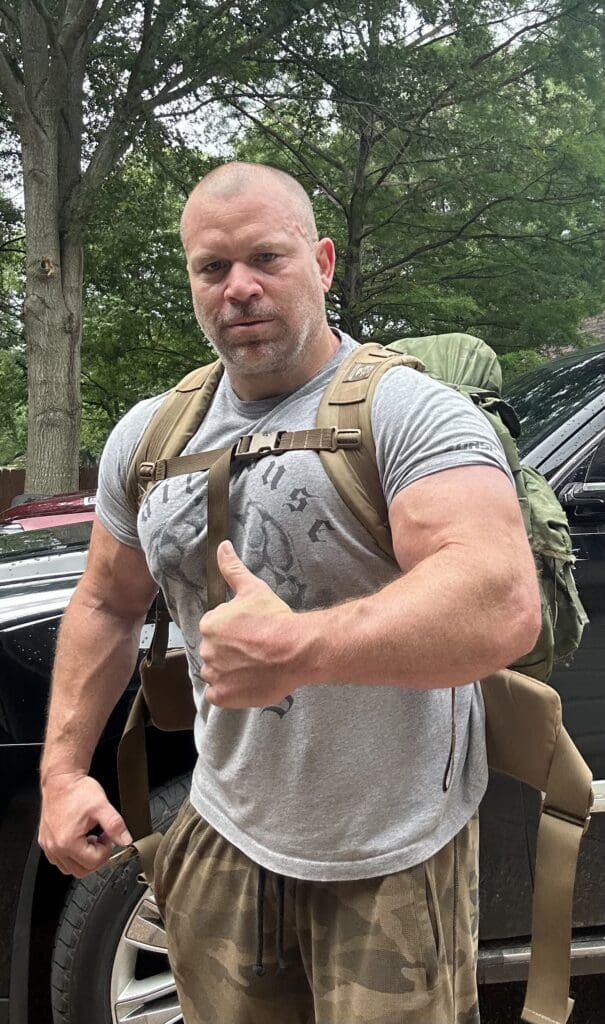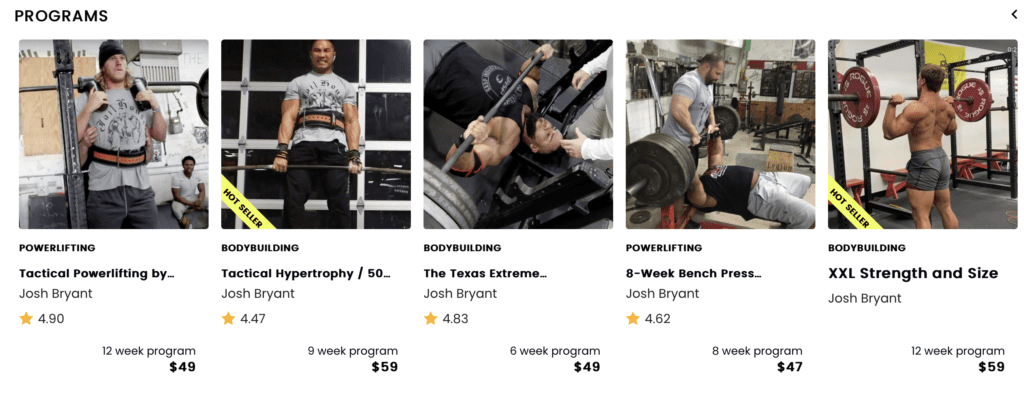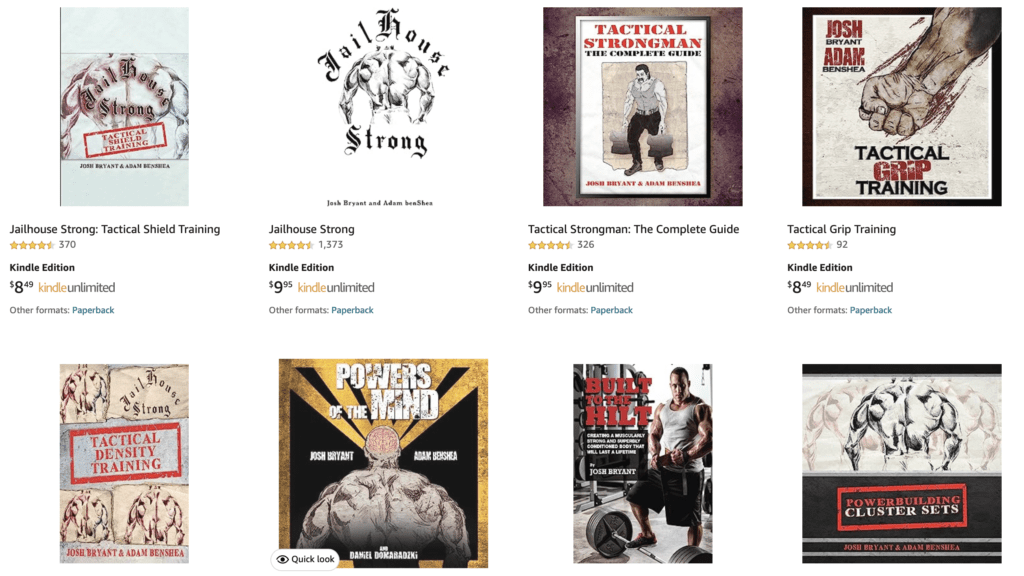Beat the Heat
by: Josh Bryant

Back in the day, I trained clients at a fancy gym. They were tough with more strength and better physiques than your average gym-goer. Then, this plush chrome palace added a boxing fitness component, led by Coach Jimmy.
Now, Jimmy wasn’t your typical high-end gym guy. He ran a kick-n-stab Latino bar frequented by 40-year-old adolescents and trustees of Modern Chemistry. Rumor had it, Jimmy got his eye patch from a pair of brass knuckles via a love triangle gone south. But, despite his tumultuous personal life, Jimmy knew the fight game better than anyone.
Under Jimmy’s guidance, the boxing clients started looking amazing. One client, Todd, even won the novice division at the Ringside Boxing World Championships. He wanted to go pro, and that’s when trouble came knocking. A sleazy promoter named Sugar Murray offered Todd a fight against a fighter from Mexico. Jimmy warned him about these tough Mexican fighters, but Todd didn’t listen. Jimmy repeatedly muttered, “Never take a fight from Mexico.”
Todd accepted the fight, and it was at a scorching Hispanic Street Festival in San Antonio.
It was a blazing 105 degrees with high humidity and poor Todd couldn’t handle the heat. His opponent, Uncle Tio Torrez, was fully acclimated and knocked him out in just two rounds. Those Mexican fighters can handle any condition, as Jimmy said, “They spar 15 rounds a day, and the ring is directly in the sun with no cover.”
The lesson here is clear: if you’re doing anything in the heat, you better acclimate. Otherwise, you’ll end up flat on your back, wondering how you got yourself in such a sorry state.
Hop on one of Josh’s Training Programs HERE.

Heat Acclimatization
Heat acclimatization is like your body’s superpower to handle scorching heat. It’s basically a fancy term for how your body adapts and gets used to the hot weather.
Now, when I say heat acclimatization, I am talking about a bunch of changes that happen in your body over a period of seven to 14 days. And 75% of the changes occur in the first five days, so it’s like your body goes into overdrive to handle the heat.
Why is this important for Texas High School Football players or tactical athletes heading to the desert? Well, think about it. These folks will be dealing with intense heat. Heat acclimatization helps them cope with all that heat stress and perform better in those tough conditions. Heat acclimatization is a huge advantage over opponents.
So, what exactly are beneficial adaptations that come with heat acclimatization?
- Increased overall ability to perform in heat
- Improved exercise economy
- Sweat onset (sweat starts earlier) and sweat rate
- Increased plasma volume
- Decreased heart rate
- Decreased skin temperature
- Decreased core temperature
- Decreased oxygen consumption requirements
- Increased heat loss via skin blood flow (radiation and convection)
- Decreased perceived exertion
- Improved blood pressure response
- Decreased salt losses in sweat and urine
These changes improve your ability to endure and persevere in life, activities, training, games and missions affected by heat stress!
Keep in mind these adaptations occur similarly to training adaptations because they are highly specific. Acclimatization in hot and humid environments greatly increase sweat rates and perceived effort compared to hot and dry environments. Acclimatization will additionally depend on exercise intensity and volume and maintaining an elevated body temperature during training. Before heat acclimatization, you should have a base level of fitness because physically fit individuals acclimate to heat more safely and efficiently.
Here are some heat acclimatization tips I made for tactical athletes but hold true for recreational or competitive athletes :
- Gradually increase the intensity and volume of training
- Have four to 14 days of heat exposures prior to mission or deployment
- Maintain heat exposure of at least 100 minutes daily
- Be properly hydrated before, during and after training
- Increase sodium in diet to make up for sweat salt loss
Heat-related deaths and illnesses are preventable. Despite this fact, hundreds of people in the United States die from extreme heat every year, the key for not becoming another statistic is through heat acclimatization and proper planning.
Go in-depth with one of Josh’s books HERE.

